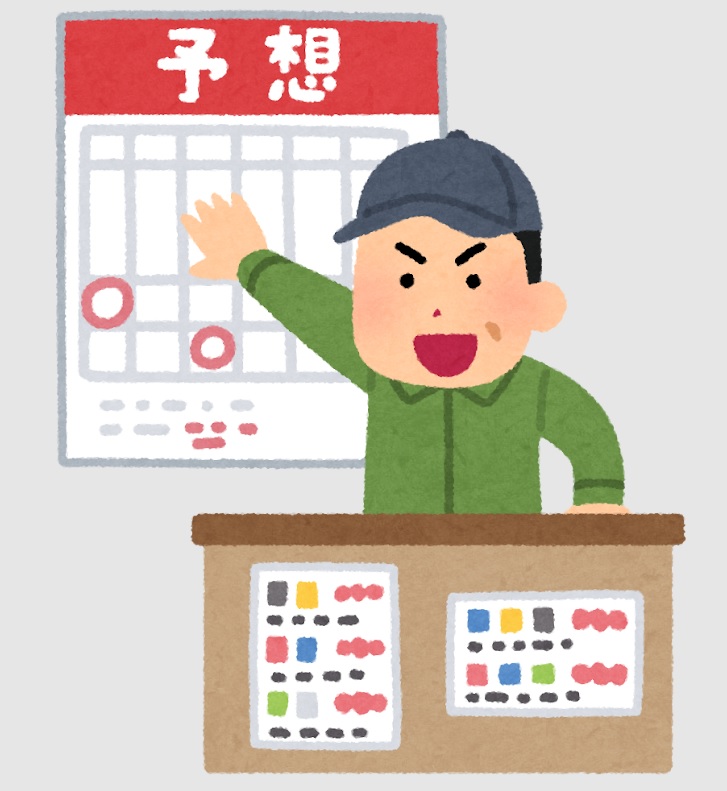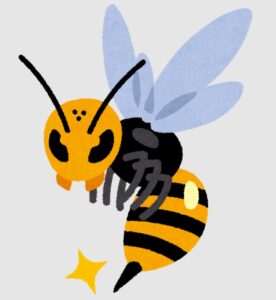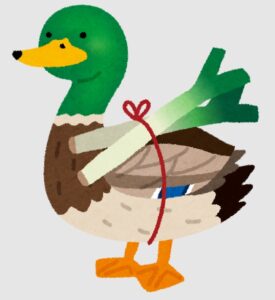管理人オススメコンテンツはこちら
「自分で予想を立てる|成功の鍵はココに!幅と確率を味方にする方法」
〜前回のつづき〜
●幅を舐めるな。確率を侮るな~予報なしで飛び込むな。人生は嵐だ~

『幅』と『確率』とは
一体何なのか?
『幅』というのは
最大で得られるもの
もしくは
最大で失うものです。
『確率』と言うのは
何%ぐらいの確率でそれが起こるのか
という事です。
これを
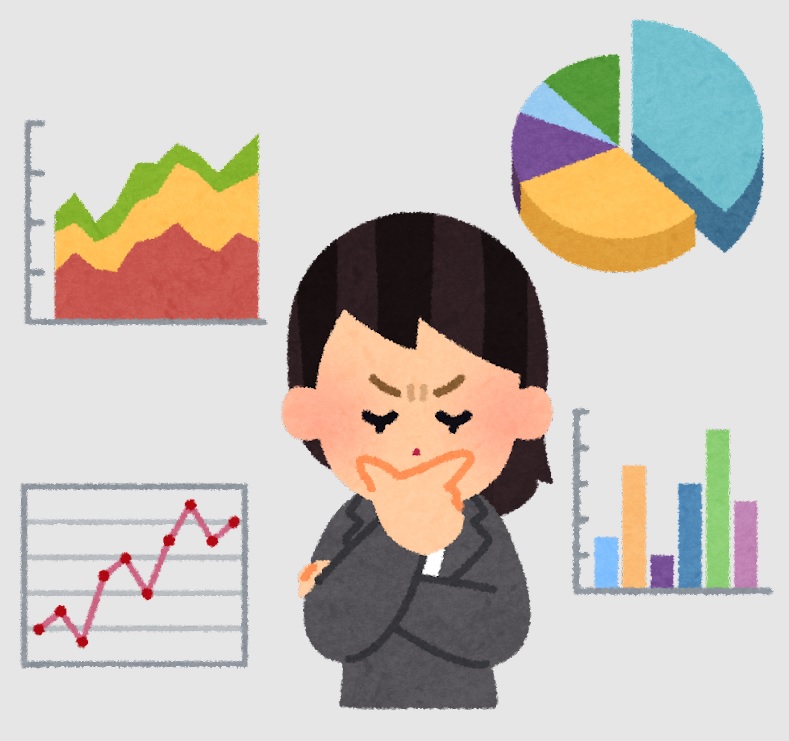
自分で予想を立てるんですよ。
台風と違って
正確には計測出来ないからですよね。
今回の質問もそうで
・国が破綻する
・社会保険制度が破綻する
これらの確率は何%かと言っても
自分ではわからないですよね?
幅についても
わからないですよね?
それを
自分で予想を立てるんですよ。

と思うかもしれませんが
この『幅』と『確率』というのを
誰もが無意識に判断してるんですよ。
ケース(1)
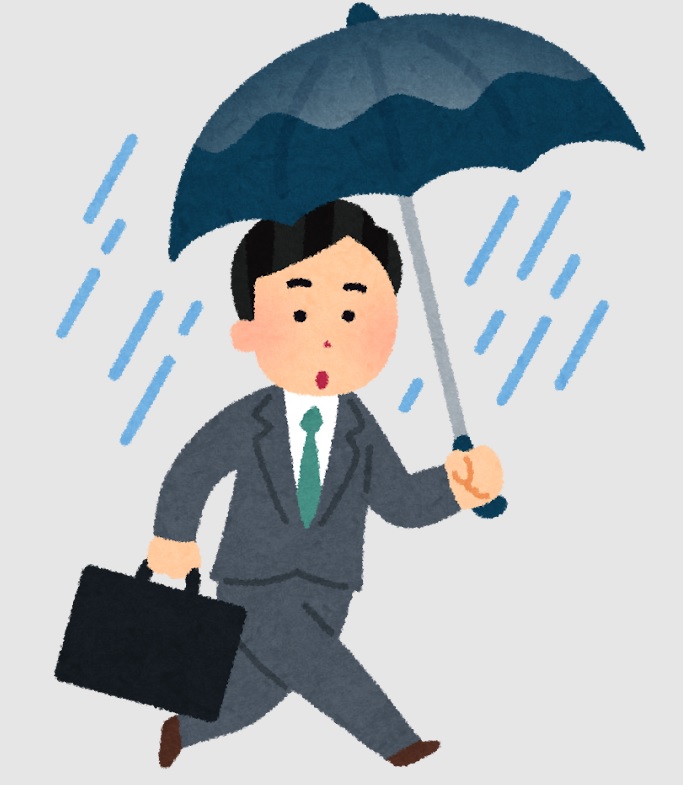
傘を持っていこう」
これは無意識に
『幅』と『確率』を計算して
判断してるんですよ。
でも
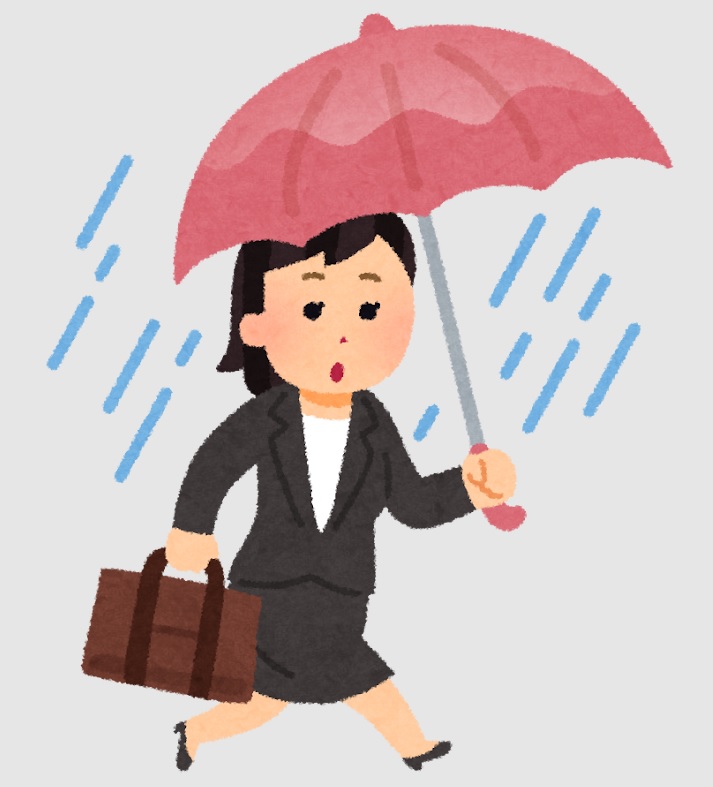
傘を持っていこう」
というのは
外れても構わないですよね?
なぜなら『幅』が小さいから。
傘を持っていかなかったとしても
雨が降ったところで
最大の失うものというのは
雨に濡れるという事だけです。

風邪を引いてしまうかもしれない。
でもそれぐらいですよね?
最大で得られるものというのも
雨に濡れずに済むという事です。
なので外れても
特に影響無いですよね?
幅が小さいから。
ケース(2)
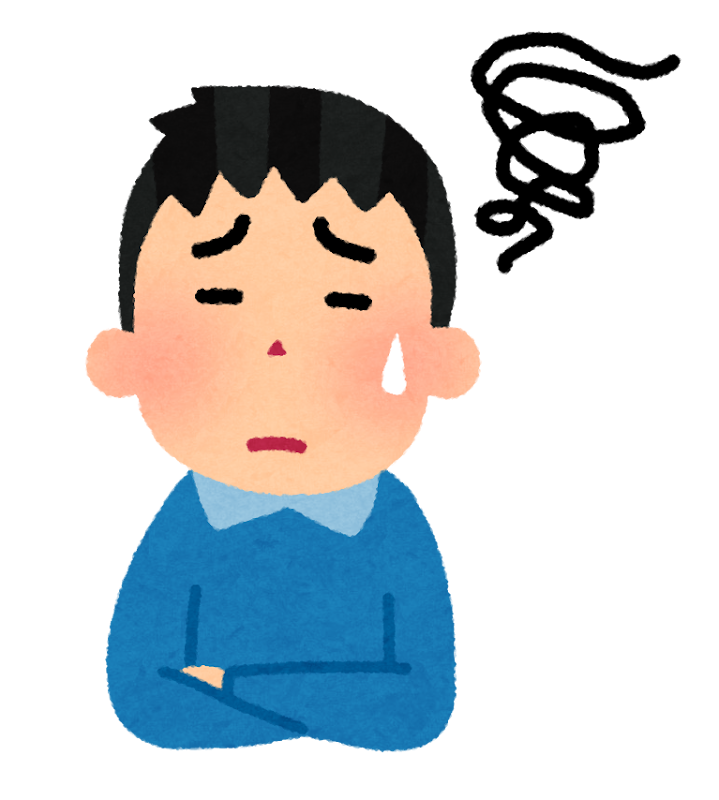
と思っている人も
少ないですよね。
これは
『確率』が低いからですよね?
でも『幅』は大きい。
人間はみんな
最後は死ぬ訳ですけど
でも『今日』死ぬ確率というのは
低いですよね?
だからあまり意識してない人も
多いですよね?
でも死んだ時の『幅』って
大きいですよね?
ケース(3)
投資にしてもそうですよね?
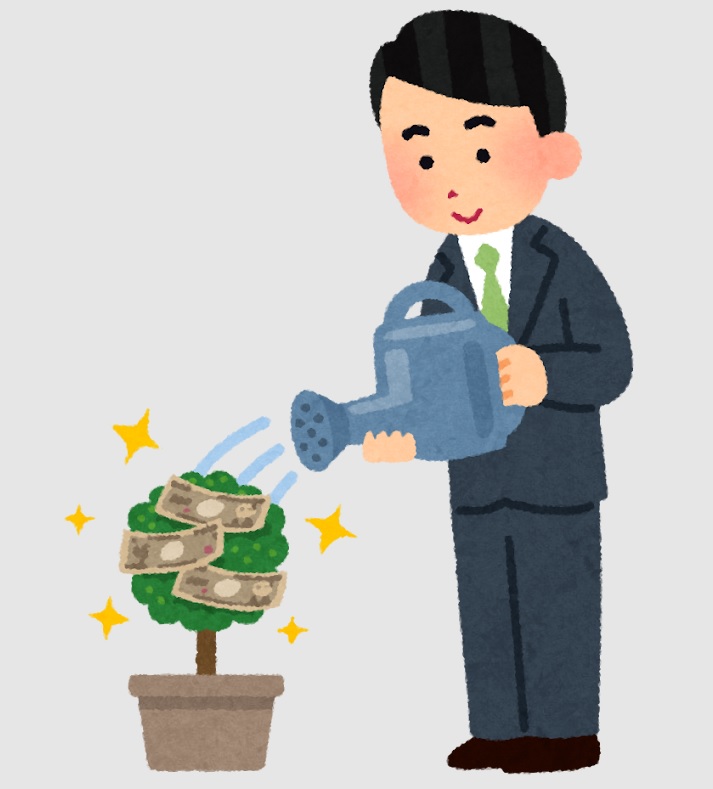
「最大これぐらい
儲かるかもしれないから
投資をしてみよう!」
みんな無意識に
判断してる訳ですよね?
でもこと投資においては
『幅』と『確率』を意識してない人が
多かったりするんですよね。
だからみんな
・慌てる
↓
・失敗する
台風の予想進路と同じですね。
予報円が無い状態で
投資判断をしてしまっているので
慌ててしまってるという状態ですよね?
だから『幅』と『確率』というのを
自分で予想を立てるというのが
大切なんです。
〜〜〜つづく〜〜〜
Special Thanks college president Ryo.

●おまけ
≪≪perplexityちゃんによる文章まとめ≫≫
「幅」と「確率」とは、物事の意思決定において重要な考え方です。「幅」とは最大で得られるもの、あるいは失うものの大きさを指し、「確率」とはそれが実際に起こる可能性のことです。
私たちは日常生活の中で無意識にこの二つを判断して行動しています。
例えば、雨が降るかもしれないから傘を持っていくのは、「雨に濡れる」という損失の幅と、「雨が降る確率」を考えての判断です。
しかし、投資や人生の大きな選択では、この「幅」と「確率」を意識せずに決断してしまい、失敗することが多くあります。
台風の進路予想のように、正確な予測は難しいですが、自分なりに「幅」と「確率」を予想し、冷静に判断することが大切だという教訓です。
Citations:
[1] https://cancam.jp/archives/875512
[2] https://tenki.jp/indexes/umbrella/
[3] https://chigai.fromation.co.jp/archives/13795
[4] https://wabe.hatenablog.com/entry/2025/05/11/230526
[5] https://detail.chiebukuro.yahoo.co.jp/qa/question_detail/q1173515911
≪≪Chat-GPTくんによる英訳≫≫
〜Continuation from the Previous Post〜
【Don’t underestimate the range. Don’t ignore the odds.Never jump in without a forecast—life is a storm.】
—
What exactly are “range” and “probability”?
“Range” refers to:
The maximum you can gain, or
The maximum you can lose.
“Probability” means:
The likelihood, expressed in percentage, that something will happen.
And here’s the thing:
You have to make your own predictions.
Unlike a typhoon, these things can’t be measured with precision.
Take the following questions as examples:
What’s the probability of a national financial collapse?
What’s the likelihood of the public insurance system failing?
You don’t know, do you?
Nor do you know the potential range of impact.
But still—
You need to make your own assumptions.
> “That’s impossible!”
You might think that.
But in fact, everyone is already making these judgments unconsciously.
—
Case 1:
> “It might rain, so I’ll take an umbrella.”
That’s a decision based on an internal calculation of
range (What happens if it rains?) and
probability (How likely is it to rain?).
Even if the prediction is wrong—no big deal, right?
Why? Because the range is small.
If you forget your umbrella and it rains,
the worst case is: you get wet.
Maybe you catch a cold, but that’s about it.
Likewise, the best-case gain is: staying dry.
So even if you’re wrong, it doesn’t affect you much.
Because the range is small.
—
Case 2:
> “I might die today.”
Not many people think that way.
Why? Because the probability is very low.
But the range—in this case, death—is huge.
Everyone dies eventually, yes.
But the chance of dying today is low,
so most people don’t think about it much.
Still, the impact (range) of death is massive.
—
Case 3: Investment
> “If I’m lucky, I might make this much—so I’ll invest!”
This, too, is a judgment based on unconscious calculations.
But when it comes to investing,
many people don’t consciously consider range or probability.
That’s why:
They panic
↓
They fail
It’s just like a typhoon.
People invest without a forecast map.
So when conditions shift, they panic—
because they had no idea what to expect.
That’s why you need to consciously predict your own range and probability.
That’s how you weather the storm.
Special Thanks OpenAI and Perplexity AI, Inc
